By: Wing Cdr. (retd) Sahil Mishra.
China’s relentless naval modernisation combined with its maritime aggression in the waters of the East China Sea and the South China Sea is pushing its neighbours to invest in one platform which has the potential to undercut the world’s largest navy.
Across South and East Asia, China’s neighbours are buying the diesel-electric submarines, which can capitalise on the People’s Liberation Army’s (PLA) known vulnerability in anti-submarine warfare, even as it has spent billions of dollars in military up-gradation.
Leading this pack are Taiwan, Japan and Australia.
This week, on November 3, Taiwan began gearing up to begin construction on the first of its indigenously designed diesel-electric attack submarines.
The country is aiming to deploy eight new submarines under its “Indigenous Defense Submarine” (IDS) project.
The first of the submarines under this project is expected to be ready for launch in the third quarter of 2024 at the earliest and will be sent to the Navy for sea trials in 2025.
Simultaneously, Taiwan is also launching a programme early next year to upgrade its existing Chien Lung-class submarine fleet, which will be completed by 2024.
These submarines were manufactured in the late 1980s in the Netherlands for Taiwan.
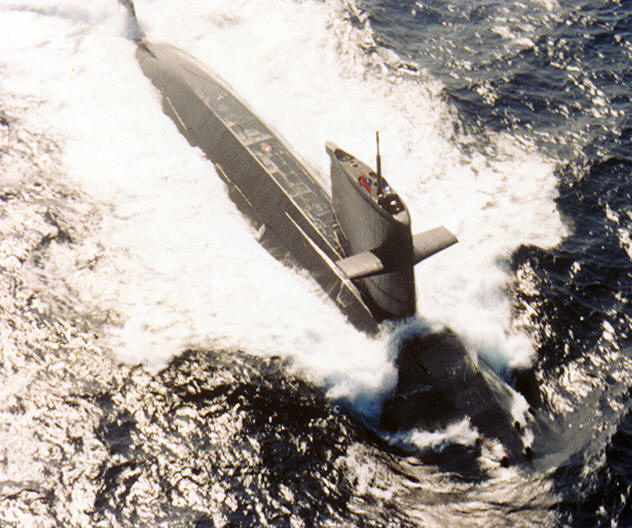
Taiwanese President Tsai Ing-wen has repeatedly underlined the significance of the submarine fleet in the country’s defence planning.
In recent years, Taipei has faced unrelenting aggression from the Chinese People’s Liberation Army (PLA), which has deployed its military assets around Taiwan. As a result, Taipei has been left with no choice but to upgrade its submarine fleet to deter the PLA.
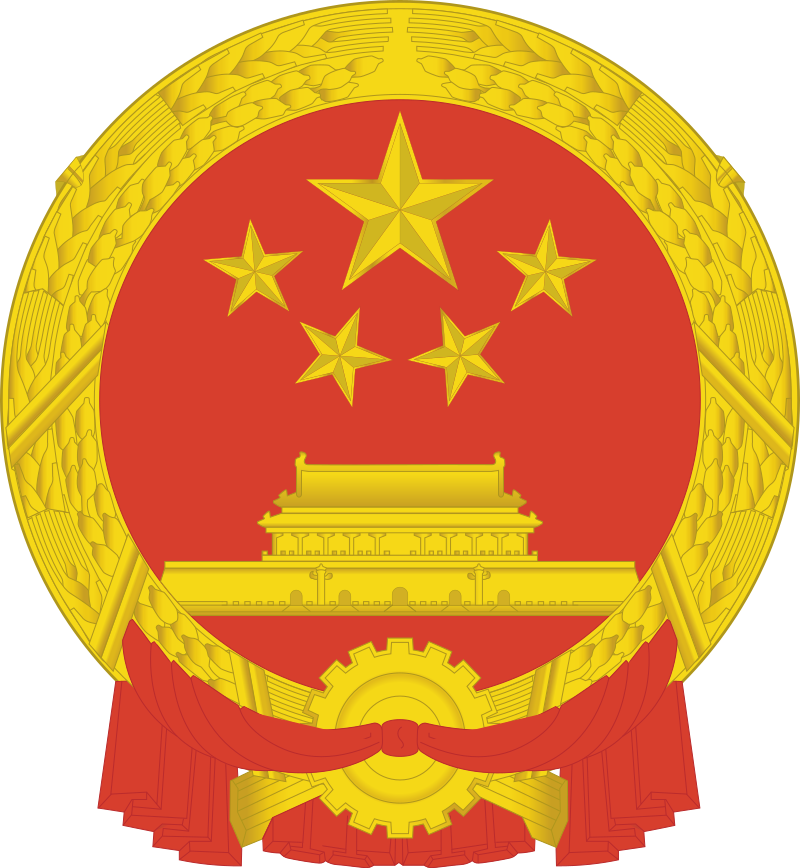
The programme is ambitious but has received support from the United States and its allies.
In 2018, the U.S. State Department approved licenses for U.S. defence companies to sell submarine technology to Taiwan which would enable closer collaboration between the two countries on submarine construction.
Similarly, for the IDS project, South Korean engineers have chipped in.
Taiwan is a representative example of the emergent underwater race in Asia as countries respond to China’s maritime aggression to assert its territorial claims in the South China Sea and the East China Sea.
China has deployed a massive battery of surface to air missiles, installed radar domes, and stationed anti-ship missiles in the disputed islands in the South China Sea.
Likewise, it has also been resorting to intrusions into the territorial waters of its neighbours.
On October 11, the Japanese Coast Guard revealed that two Chinese Coast Guard ships had illegally entered into the country’s territorial waters off Senkaku islands in the East China Sea.
Reportedly this was the longest intrusion into the waters in eight years since Japan’s government’s purchase of some of the Senkaku Islands in 2012.
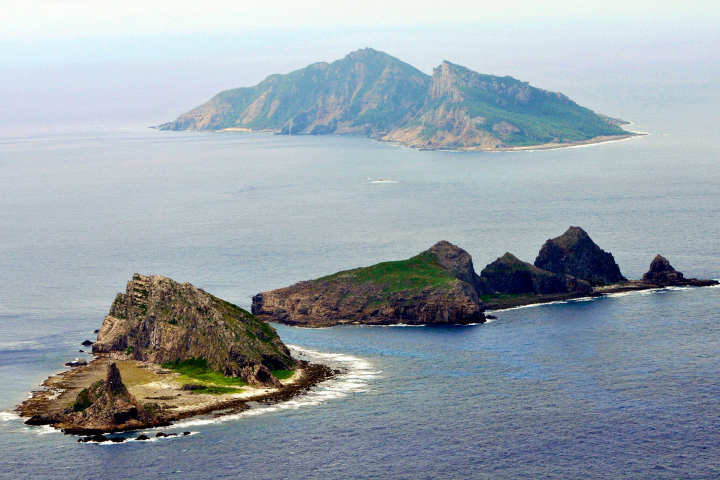
Such aggressions have been on the rise since 2010, according to the data released by the Japanese Foreign Ministry.
This along with the PLA’s naval modernisation has prompted the wary government to increase its submarine fleet from 16 to 22, under its 2010 National Defense Program Guidelines.
The country has already achieved that target – the 22nd vessel, a Taigei-class submarine built by Mitsubishi Heavy Industries Ltd., which was unveiled on October 14.
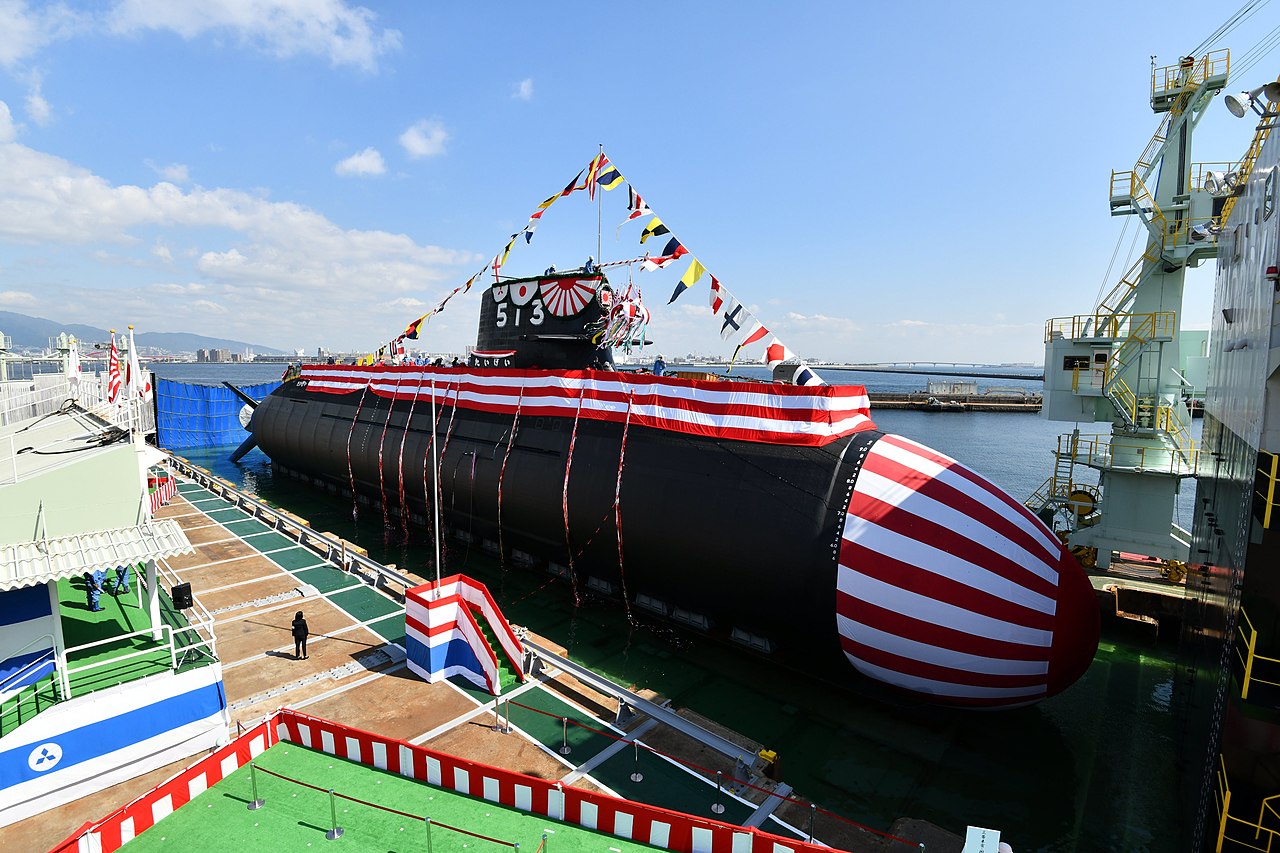
It is scheduled to go into service in March 2022. The country has plans for two more Taigei-class submarines.
Another powerful navy in the region, Australia too has embarked on the largest defence procurement programme in Australia’s history, costing more than $90 Billion, which would double its submarine fleet.
For this, it has partnered with France’s Naval Group (earlier the DCNS), which would give the Royal Australian Navy 12 submarines in the Attack class.
Construction on the first ship of the class is expected to start in 2022, and its delivery is slated to take place in the early 2030s.
Not just big navies, smaller navies too are building up submarine capabilities, despite funding constraints.
Indonesia, whose Global Maritime Axis strategy crossed with China’ Maritime Silk Route, is in the process of acquiring three diesel-electric submarines from South Korea.
Similarly, Vietnam, which has faced relentless PLA aggression in the South China Sea, has in recent years acquired six Kilo-class submarines from Russia, deployed at Cam Ranh Bay.
Besides, it has also announced plans to build an indigenous submarine, to replace the Yugo-class midget submarines in service.
With this powerful submarine fleet, Hanoi hopes to counter the PLA’s tactics of using coast guard and maritime militia vessels to blockade access to Vietnamese-held islands.
This submarine race in the region decisively demonstrates that China’s neighbours are unwilling to tolerate Beijing’s bullying tactics, especially when it is deploying state of the art military equipment around the disputed territories to coerce the smaller countries.
Acquisition of submarines gives them the requisite potent counter-punch against the Chinese capabilities and one which can slip past the Chinese defences.
It’s time Beijing realises that its coercion is only going to force its neighbours into acquiring more lethal military capabilities.
About the author: Wing Cdr. (retd) Sahil Mishra.
Sahil is a retired Air force officer. He is a National Defense academy alumni and completed his Air force training in Hyderabad, being commissioned as a fighter pilot. He took charge of ground duty after a decade of experience flying MiG’s. He has worked in varied fields of work in IAF since then, Personnel Management, Procurement, and Training. He has pursued and completed post-graduation in English Honors and now writing keeps him busy post-retirement. He has been widely published in the USA, UK, Canada, Indonesia, Malaysia, India, Hong Kong, and Taiwan to name a few
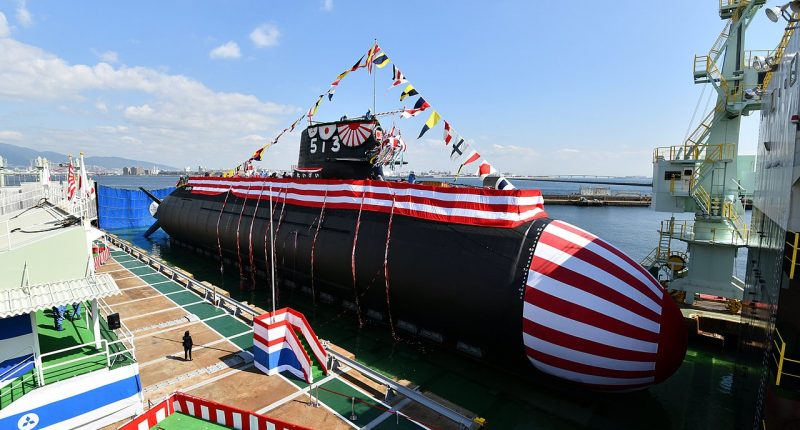

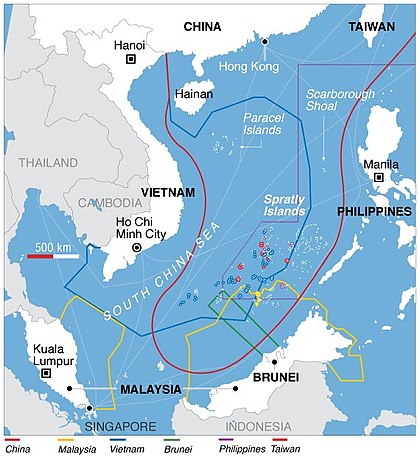
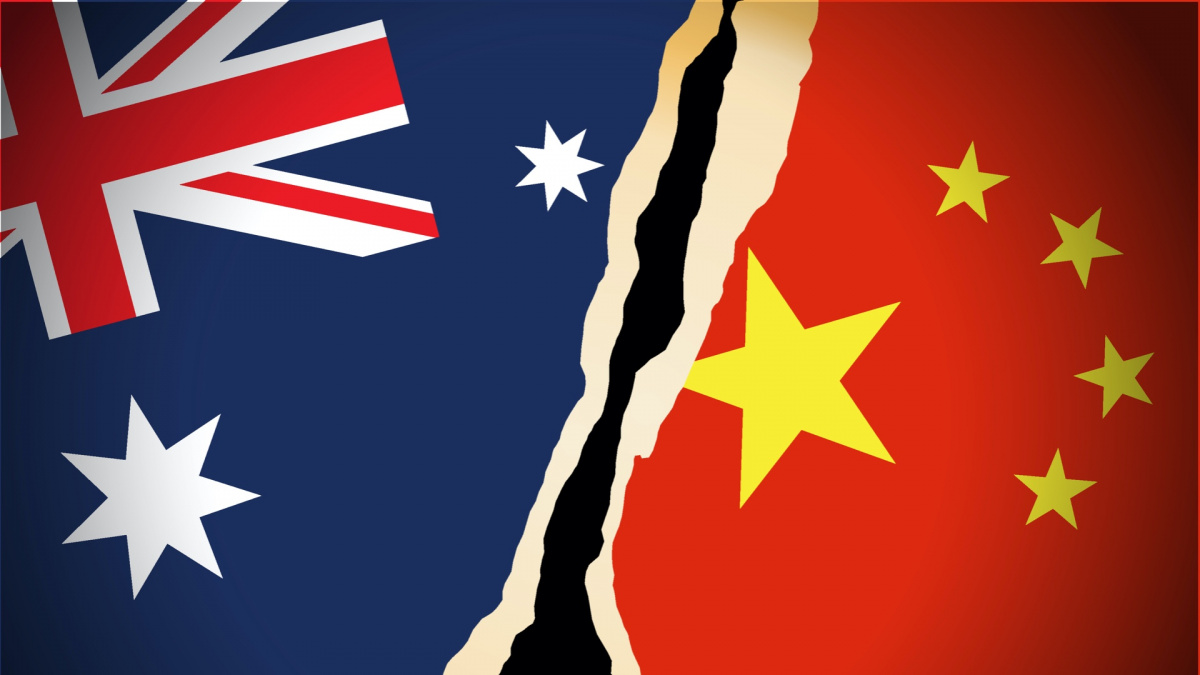
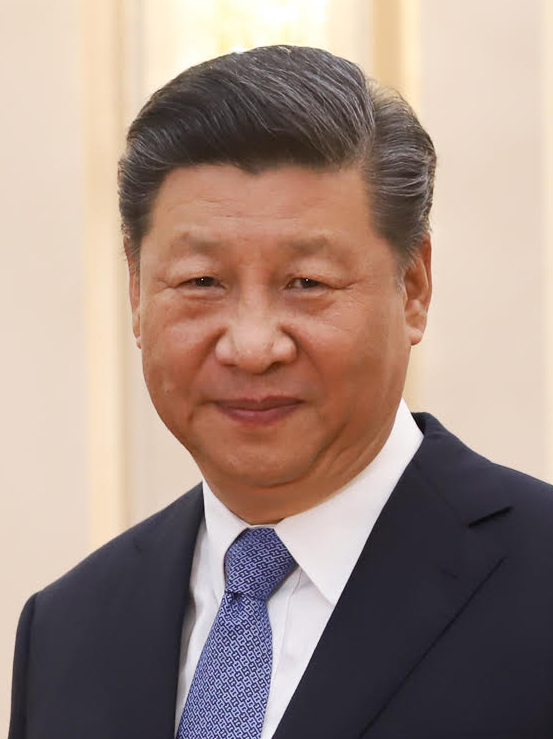
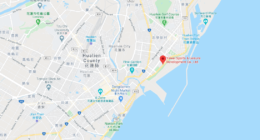







Comments are closed.